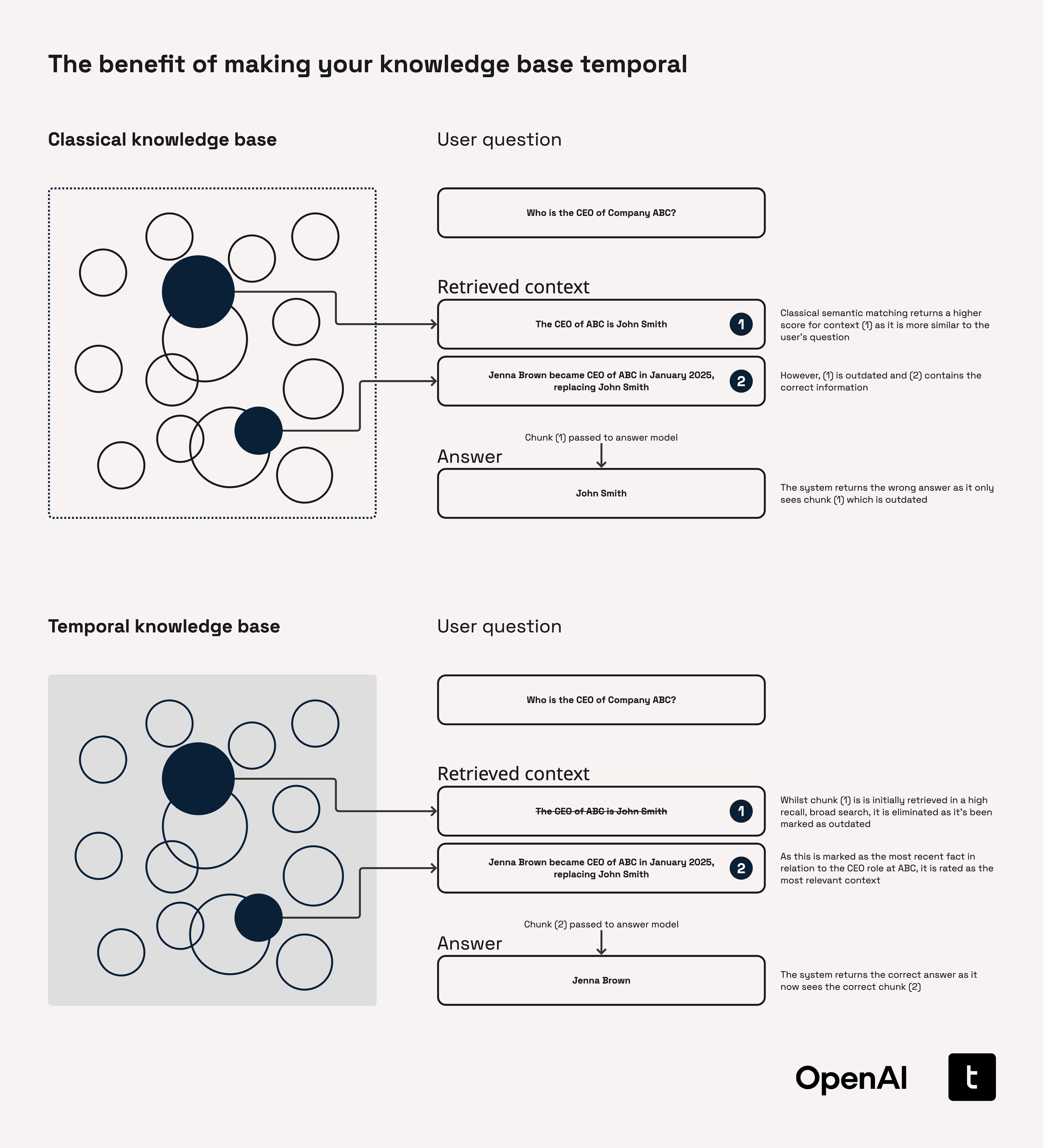From Noise to Signal: Slashing False Positives in Fraud and AML Investigations


Introduction
For every real threat, compliance teams are buried under an avalanche of false positives. This “alert fatigue” is more than just an annoyance; it’s a critical vulnerability and a massive operational drain. Investigators waste precious time chasing ghosts born from monitoring systems that lack context, while sophisticated, genuine threats risk being lost in the noise. The key to solving this isn’t more alerts, but more clarity.
The Billion-Dollar Problem of Alert Fatigue
Traditional monitoring systems generate a high volume of false positives because they operate with blinders on. They see a single transaction or event that looks unusual in isolation, but they lack the historical context to determine if it’s truly suspicious or just benign, atypical behaviour. An unexpected payment could be the start of a layering scheme, or it could be a one-off legitimate transaction. Without the full story, the system has to flag it. This forces highly skilled investigators to spend the majority of their day manually piecing together context, switching between systems, and ultimately closing alerts that never posed a real threat.
Achieving Clarity with a Unified, Temporal View
Pometry dramatically improves alert triage efficiency by providing investigators with the deep temporal context needed to make fast, accurate decisions. Instead of a flat, isolated alert, they get a rich, evolving view of risk.
- Instantly Distinguish Threats: By capturing and visualising an entity’s entire history of behaviour, an investigator can immediately see if a flagged transaction is part of a developing suspicious pattern or simply a deviation from normal activity. Our system is proven to reduce false positives by at least 30%.
- A Single, Evolving Source of Truth: Pometry consolidates disparate data sources into one unified temporal graph. This eliminates the time-consuming process of manually gathering information from multiple systems, allowing investigators to focus on analysis, not data wrangling.
- Accelerate Triage and Closure: When an investigator can explore complex, multi-hop relationships and historical behaviours at speeds up to 1000x faster than legacy anti-fraud systems, they can clear false positives with confidence and zero in on genuine threats with unprecedented speed. This allows you to build a powerful POC for this capability in as little as two weeks.
Conclusion
Empower your investigators to become proactive threat hunters, not reactive alert administrators. By providing a unified, evolving view of risk enriched with deep temporal context, Pometry slashes false positives, accelerates investigation cycles, and dramatically increases the efficiency and effectiveness of your entire financial crime compliance function.

You might also like
Discover insights and tools for data analysis.

The Missing Link for AI Agents: Why a Native Temporal Graph is Non-Negotiable

Holistic Network Analysis Over Time

High-Performance Investigation at Scale

Unlock Your
Data's Potential
Discover how our tool transforms your data analysis with a personalized demo or consultation.